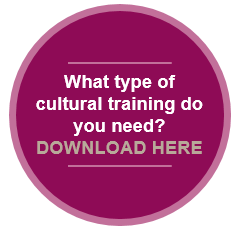In the country of Mexico, the majority of people are Catholics, a denomination of Christianity. The Holy Week in this faith begins with Palm Sunday and ends with Easter Sunday. The days in between include Holy Thursday, Good Friday, and Holy Saturday. These days are sacred to the faith, as they are the days Catholics believe Jesus Christ celebrated the Last Supper with his apostles, was crucified, and then rose from the dead after three days. Here is how Semana Santa (Holy Week) and Easter are celebrated in Mexico:
Palm Sunday
The 40 day season of fasting ends with Domingo de Ramos (Palm Sunday), which celebrates the arrival of Jesus in Jerusalem. He was greeted like a king by the people there, who laid down palms in his path.
Churches throughout Mexico will transform the decorations from the simple look of Lent to prepare for the next seven days. Attendees of mass are given a palm that is blessed. Many people may weave crosses, wreaths, or other shapes out of palms to hang in their home until next Ash Wednesday (when the holy palm is burned).
In some cities, the churches may plan a reenactment of the day Jesus entered Jerusalem. Before or after this procession, Catholics will attend mass.
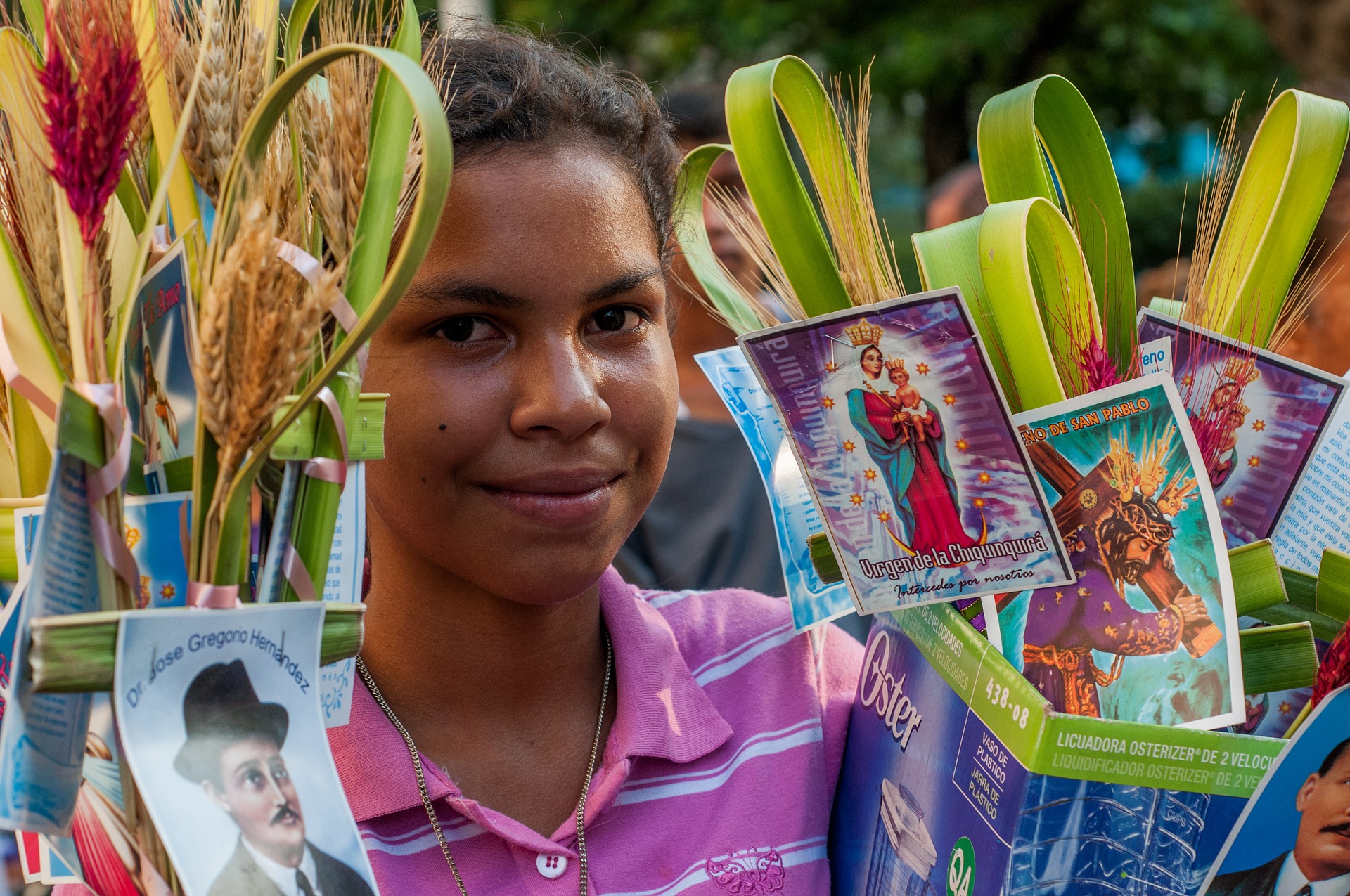
Holy Thursday
This day commemorates the evening when Jesus shared a meal with his 12 disciples. Jesus then prayed in a garden, knowing what the next day held. To commemorate this solemn occasion, Mexicans may travel to multiple churches throughout the evening, praying as the disciples of Jesus prayed.
Good Friday
Most businesses and schools throughout Mexico will close on Viernes Santos (Good Friday). Similar to Palm Sunday, actors may be seen reenacting Jesus's journey carrying the cross to the place of crucifixion. They will follow the 12 Stations of the Cross, which are prayed on Fridays throughout Lent as Catholics remember the grueling process.
From 12-3 pm, a quiet will fall over some Mexican cities; these are the hours that Jesus is believed to have been dying on the cross, so the silence is a respectful mourning. As with all Fridays during Lent, meat is not consumed and meals should be modest.
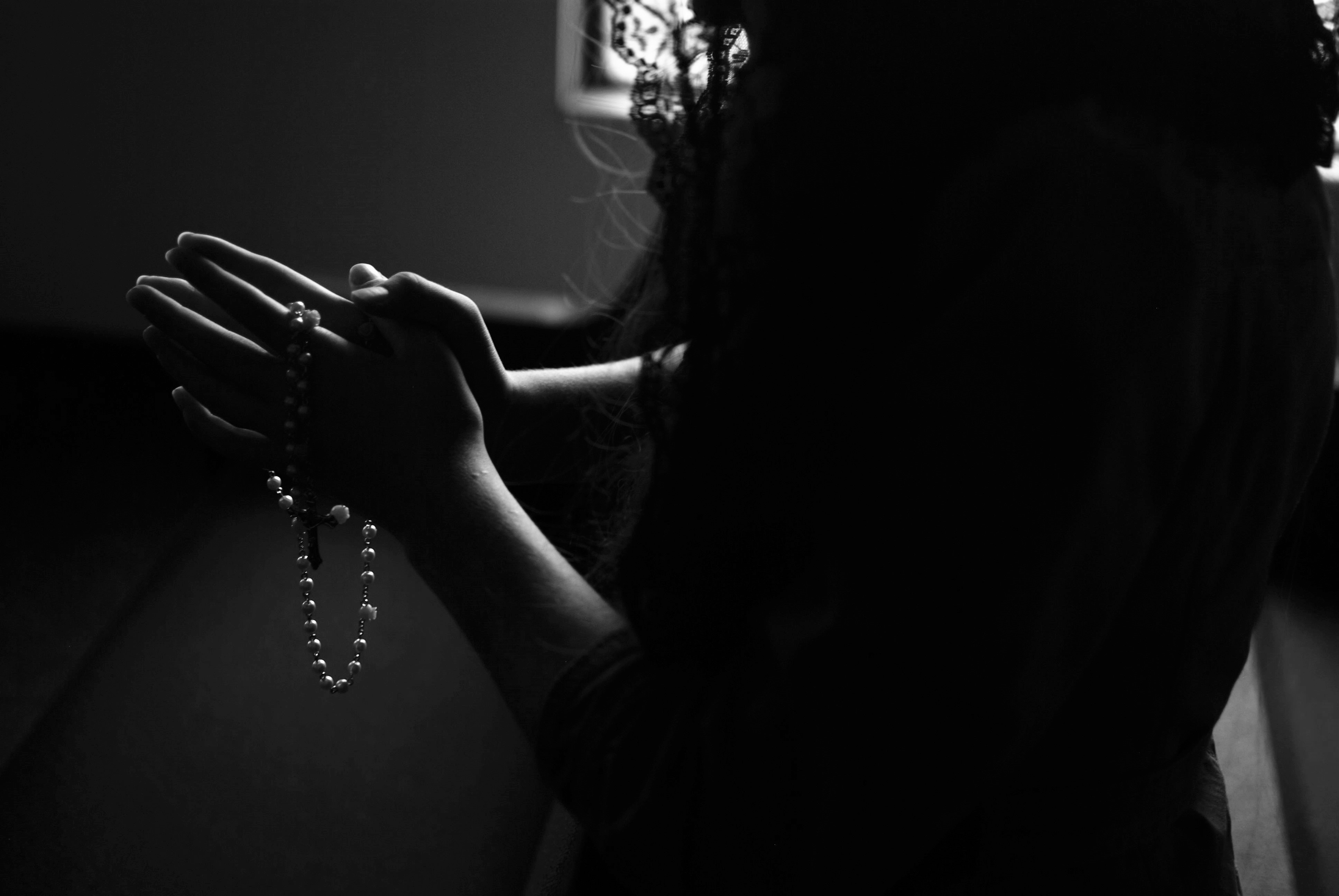
Photo by Fischer Twins on Unsplash
Holy Saturday
Sabado de Gloria (Holy Saturday) is perhaps one of the most unique traditions of Holy Week in Mexico. Judas was one of Jesus's 12 apostles, but he was the one who betrayed Jesus and accepted payment to turn him into the people who would crucify him. Therefore, he is much despised by the faithful for his failed loyalty.
Cardboard and paper are decorated to resemble Judas. He is made very ugly on purpose, sometimes even resembling a devil or modern celebrities. Then, these figures are burned at a lively gathering that stretches into the late night.
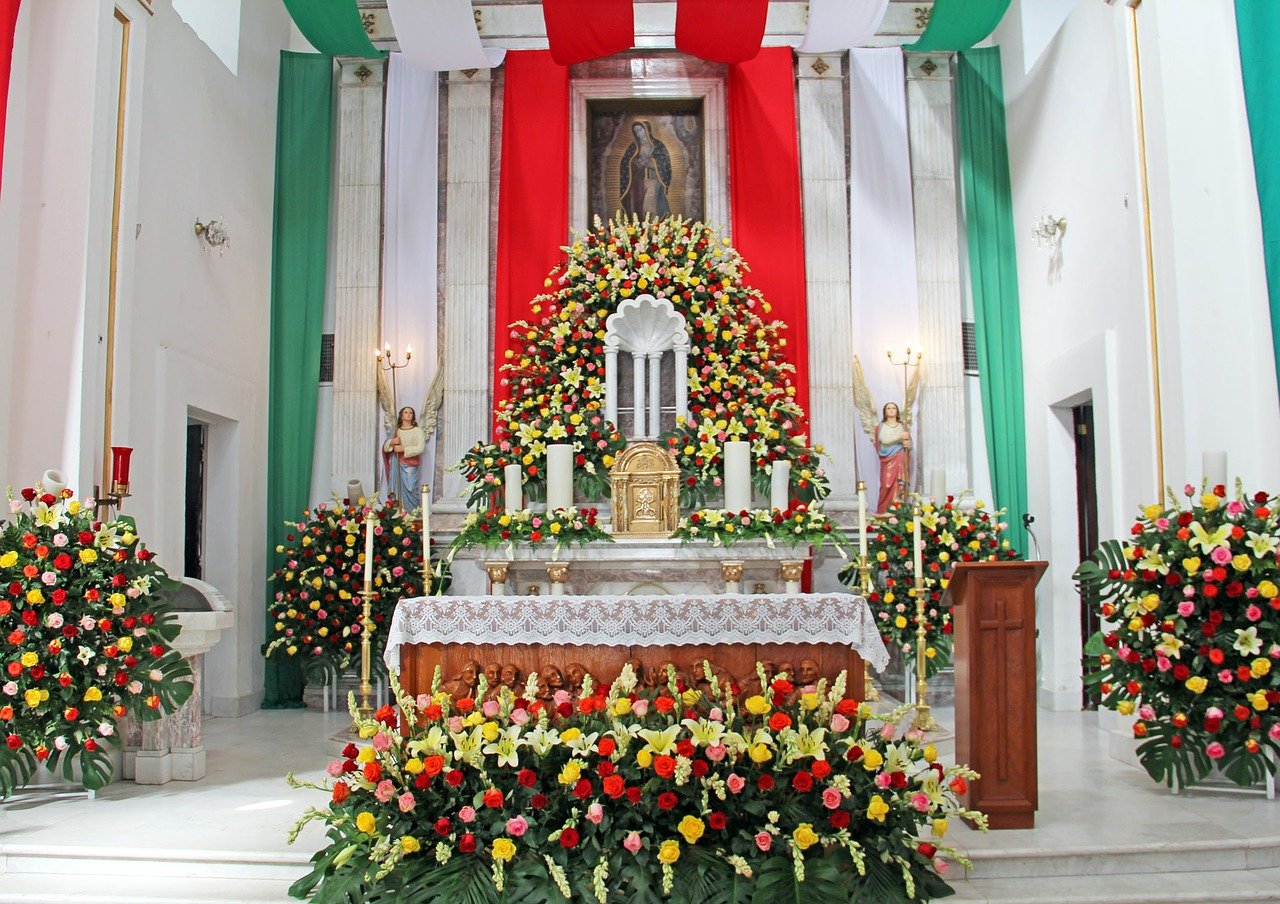
Image by B Waldon from Pixabay
This day is also the Easter vigil. The mass is rather long this day due to a lengthly reading. Candidates for Catholicism and baptized Catholics can also receive sacraments at this mass, after undergoing the proper preparations.
Easter Sunday
In contrast with many other countries, the day of Domingo de Pascua (Easter) is fairly reserved in Mexico. There are no bunny costumes or hunts for plastic eggs. Families will generally attend mass in the morning and enjoy a large meal together later in the home. During Easter mass, Catholics renew their baptismal promises to the Church and the faith. Some cities may have a festival and parades in the main square. Fireworks and dancing may carry into the evening as the night progresses.
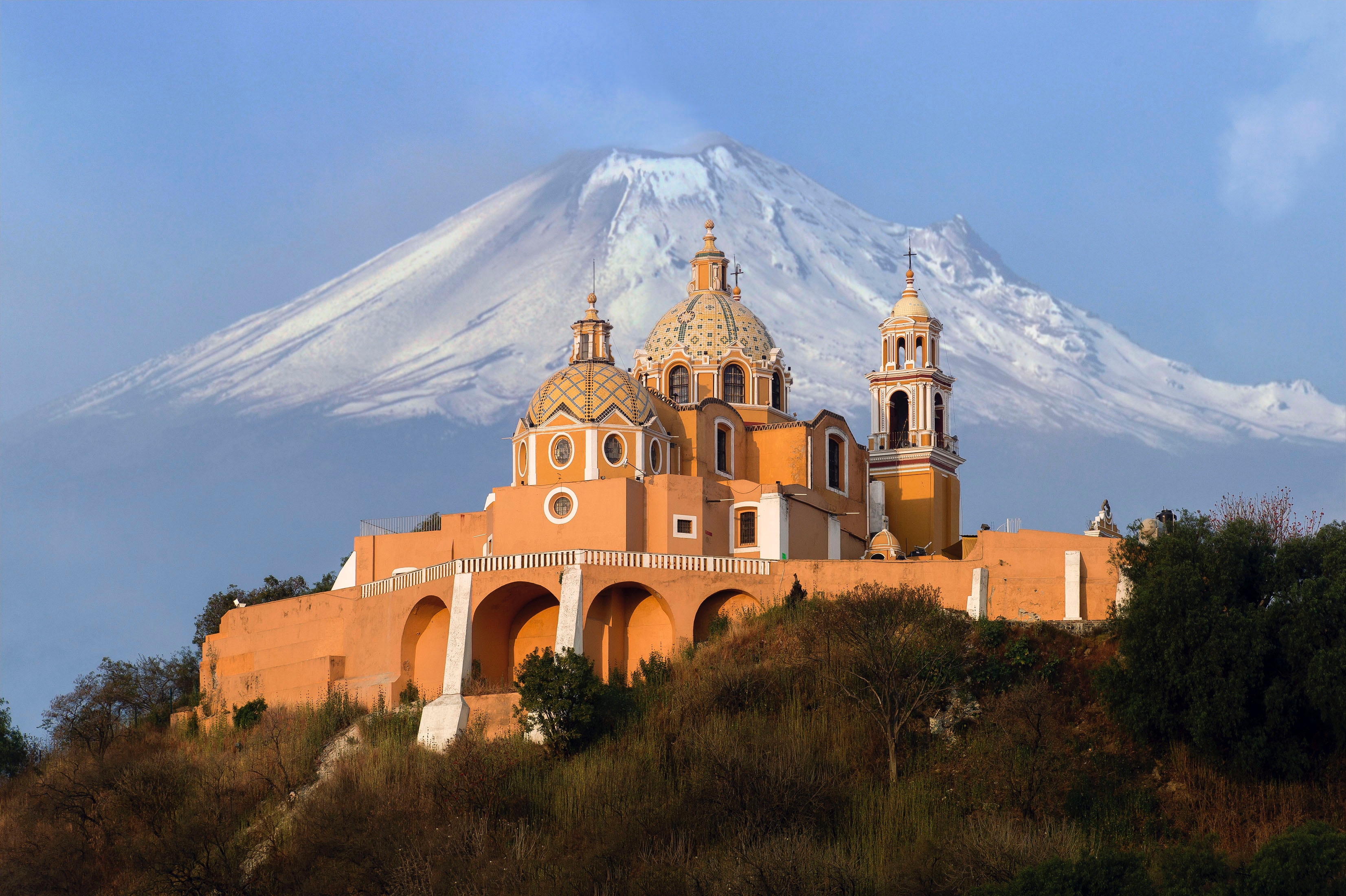
Photo by Pedro Lastra on Unsplash
These Catholic feast days are "floating holidays," which means the exact day of the month will change year to year. However, the days listed above always happen within the same week. Today is Easter Monday, marking the beginning of the Easter season, which concludes with Pentecost.
If you enjoyed learning about faith and culture in Mexico, be sure to read some of our other blogs about this dynamic nation:



